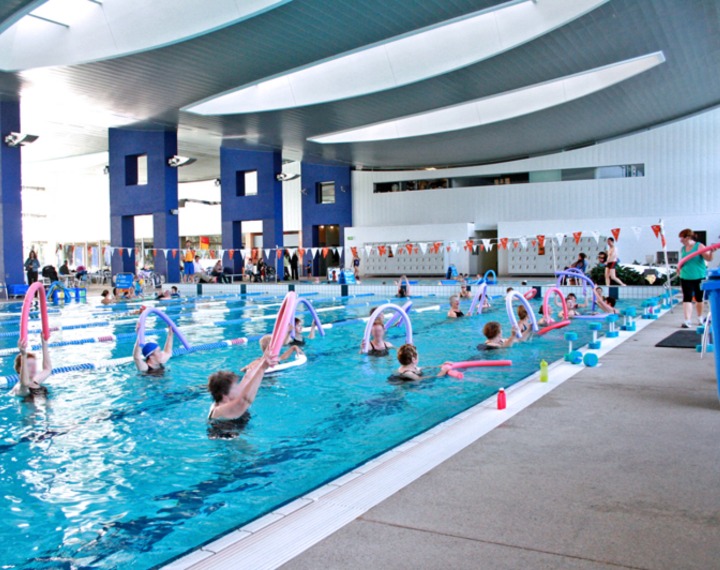Exercise Ideas For Care Home Residents With Mobility Problems
 According to various studies, regular physical activity is not only essential for keeping physically fit and healthy, but also for staying mentally sound. (Research has suggested that regular exercise can help to prevent various mental health problems, including anxiety and depression.) For most people, getting the recommended three to four hours of exercise a week is simple. However, for seniors, especially seniors who suffer from mobility issues, getting adequate amounts of exercise can be a struggle.
According to various studies, regular physical activity is not only essential for keeping physically fit and healthy, but also for staying mentally sound. (Research has suggested that regular exercise can help to prevent various mental health problems, including anxiety and depression.) For most people, getting the recommended three to four hours of exercise a week is simple. However, for seniors, especially seniors who suffer from mobility issues, getting adequate amounts of exercise can be a struggle.
Exercising isn’t about looking good, it’s about feeling good, that’s why regular physical activity is crucial at every age. Just a couple of hours of exercise a week can help to control blood pressure, and cholesterol levels, improve heart health, prevent strokes, and strengthen muscles, tendons, and bones. The more exercise a person does, the stronger and more limber they will be.
Of course, for care home residents with limited mobility, finding ways to stay active can be somewhat of a challenge. However, that doesn’t make it any less important or any less doable, especially as exercise can help residents to manage pain, be less prone to mental illness, and boost their energy levels.
With that in mind, below we’re going to share some of the best methods of exercise for seniors with mobility problems.
Cardiovascular exercise
Cardiovascular exercise is meant to raise the heart rate, increasing endurance, and keep the heart healthy by reducing the risk of heart-related illness and disease. The great thing about cardiovascular exercise is that it can involve all sorts of activities, from walking to swimming - basically, anything that raises the heart rate.
For residents with mobility problems, workouts should be kept nice and gentle. One of the best methods of exercise for older people is swimming and other water-based activities, such as aqua yoga. This is because the water removes a lot of the pressure that comes with exercising, reducing the amount of strain that the body is under.
Strength training
When it comes to keeping care home residents with low mobility healthy, helping them to maintain muscle strength is important. There is a range of strength exercises that tend to be effective, these include the use of weights and other forms of gentle resistance. Strength training can not only boost residents’ strength and balance, but can also help to build bone and muscles mass, and reduce the risk of falls.
An important part of strength training is to play to each resident’s strengths. If a resident has limited use of their legs, the focus on their strength training should be upper-body training. Whereas, if a resident has problems with the use of their arms and neck, strength training should focus on their legs.
Flexibility exercises
To help care home residents with low-mobility maximise their range of motion, flexibility exercises are highly important. As well as helping to improve their range of motion, flexibility exercises can help to reduce stiffness and pain, and also, prevent injuries. Plus, they can be incredibly calming and soothing, helping to reduce stress and anxiety.
For older people, the best types of flexibility exercises include a combination of gentle yoga poses and stretching. These help to keep seniors feeling as flexible and comfortable as possible.





